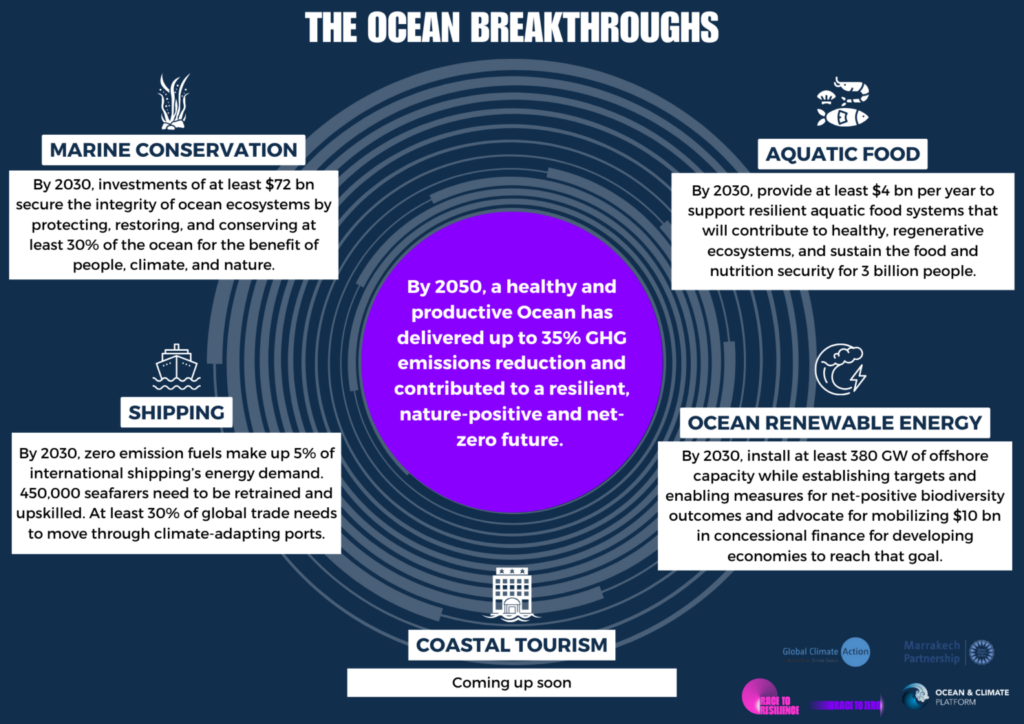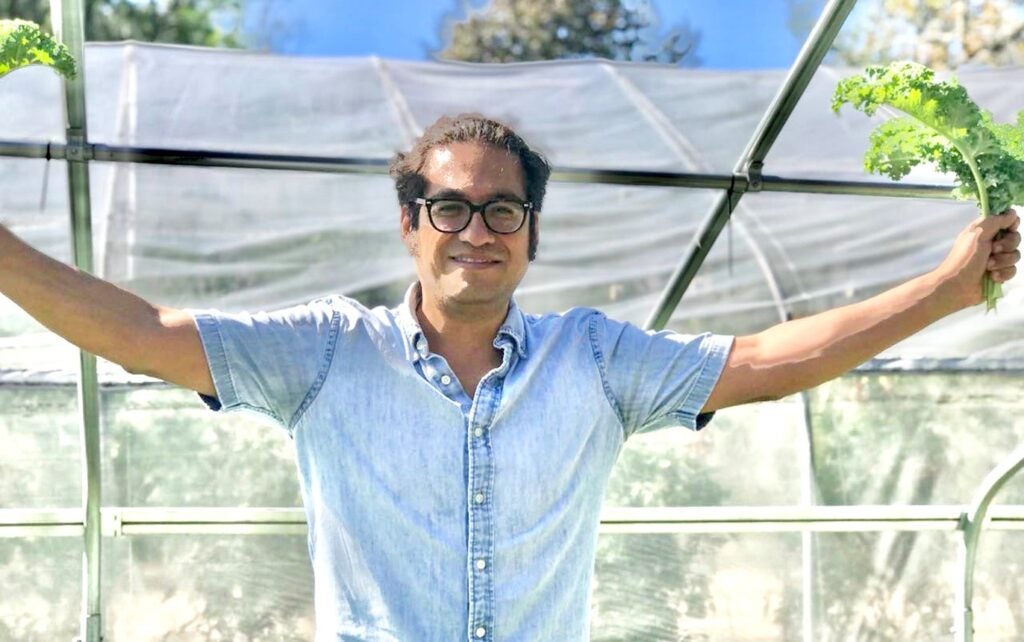We’re seeing the impacts of climate change in real time. There is an urgent need to reduce greenhouse gases (GHGs) in the atmosphere to avoid more catastrophic climate change impacts. This will require both reductions in GHG emissions and the removal of GHGs from the atmosphere. In recent years, this need has driven interest in seaweed as a natural climate solution, as seaweed can absorb carbon and grow quickly.
EDFish
Can seaweed really help fight global warming? Here’s what we know so far.
New platform seeks to prevent ocean conflict in the face of climate change
By Jacqui Vogel (EDF) and Dr. Sarah Glaser (WWF)
Oceans are under immense threat from climate change. Around the world, oceanographic changes like melting sea ice, warming waters, sea level rise and shifting fish populations make access to marine resources more uncertain and less secure.
Climate change threatens to disrupt the communities, supply chains and food systems that rely on marine systems that are now rapidly changing. An impact of climate change is conflict in the ocean, including conflict over shifting and shrinking natural resources. Fisheries conflicts have increased 20-fold over the last 40 years, and 23% of all fish stocks are expected to shift in distribution by 2030. But scientists are working on a solution.
The Marrakech Partnership at COP28: Launching the 2030 breakthroughs and what that means for coastal communities

Graphic courtesy of Climate Champions.
The world is gathered in Dubai for the 28th Conference of the Parties under the United Nations Framework for Climate Change Convention, otherwise known as COP28. Over a two-week span, government delegations come together to negotiate what actions the world needs to take to achieve a future under 1.5 degrees. This will set the tone for government action and help guide policies to achieve the ambitions of the Paris Agreement. Read More
Science to Action: a ten-year review of California’s MPA Network
Marine protected areas (MPA) are a conservation tool that sets aside part of the ocean to protect it for long-term conservation, similar to the way a state or national park functions on land. These MPAs are an effective way to preserve biodiversity by protecting ecosystems. But how are they utilized by people, and do they support human engagement? And, while conservation alone is important, will MPAs build climate resilience?
Seaweed to Slow Down Climate Change: Ready? Or Not?

Seaweed is a hot solution for mitigating climate change. Can this carbon-absorbing powerhouse really help?
Seaweed is having a moment. I’ve been working on seaweed for 40 years, and I’ve never seen so many headlines about how seaweed can save the planet.
I can understand why. The need to save the planet is more pressing than ever. We must now dramatically reduce greenhouse gas emissions and, at the same time, increase the planet’s capacity to remove carbon dioxide (CO2) from the atmosphere to prevent even more catastrophic impacts of global warming.
UN Food Systems Summit: Why we need more ambition and more action
By Jose Luis Chicoma and Karly Kelso
Last week, global leaders gathered in Rome for the UN Food Systems Summit (UNFSS) +2 Stocktaking Moment, a follow-up event to evaluate commitments to transforming their food systems and progress in achieving the Sustainable Development Goals (SDGs) made in 2021. In short, it was a time to gather and take stock of where we are – and where we should go next.
How did it shape up?
In this interview, Jose Luis Chicoma, former Peru Minister of Production, Yale World Fellow and Senior Advisor to EDF Climate-Resilient Food Systems, who was present in Rome, shares personal reflections and his insights, concerns and hopes for the future. Food systems and ocean health go hand in hand, and reflections on aquatic blue food in concert with terrestrial food systems are key.













